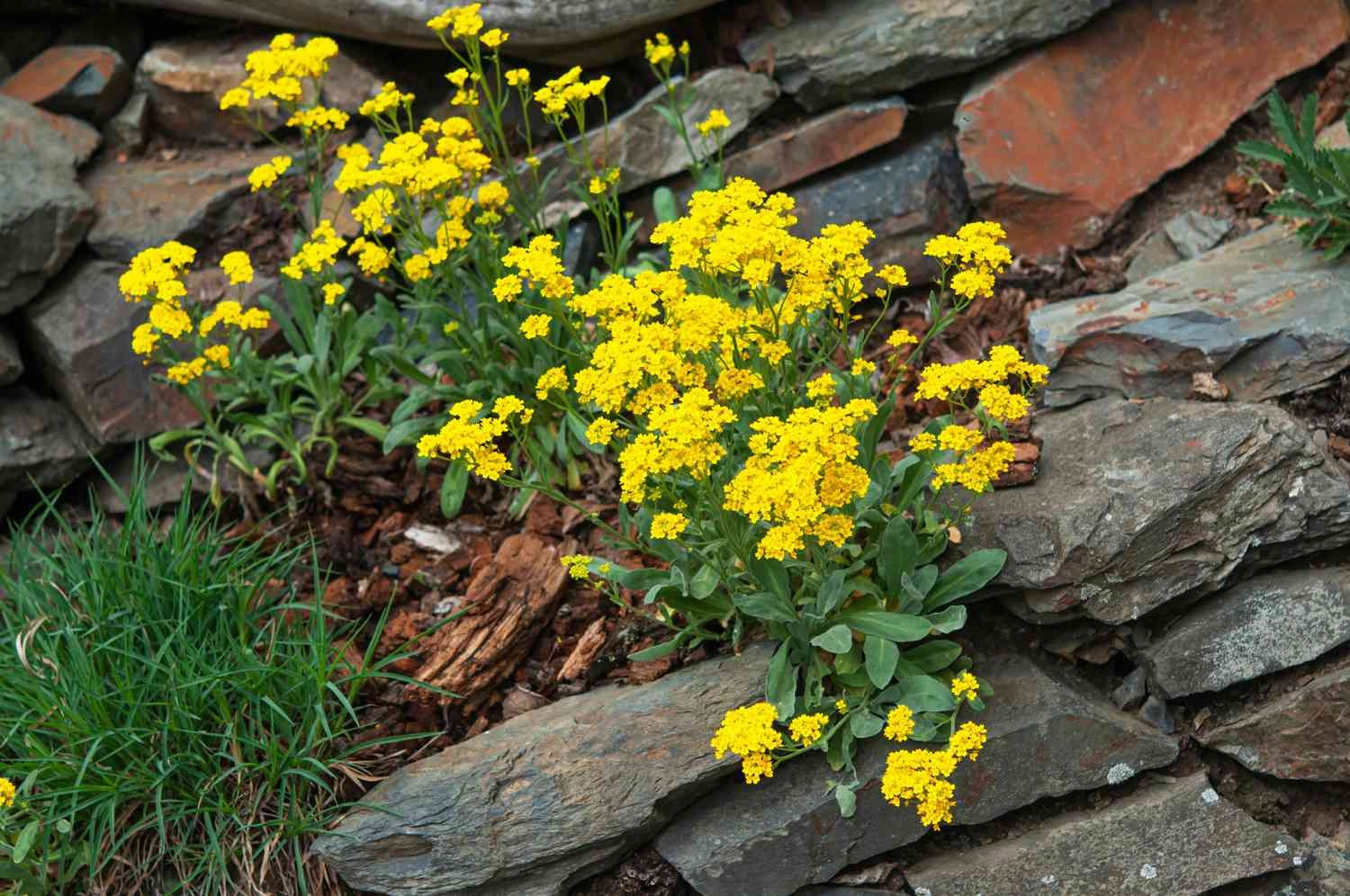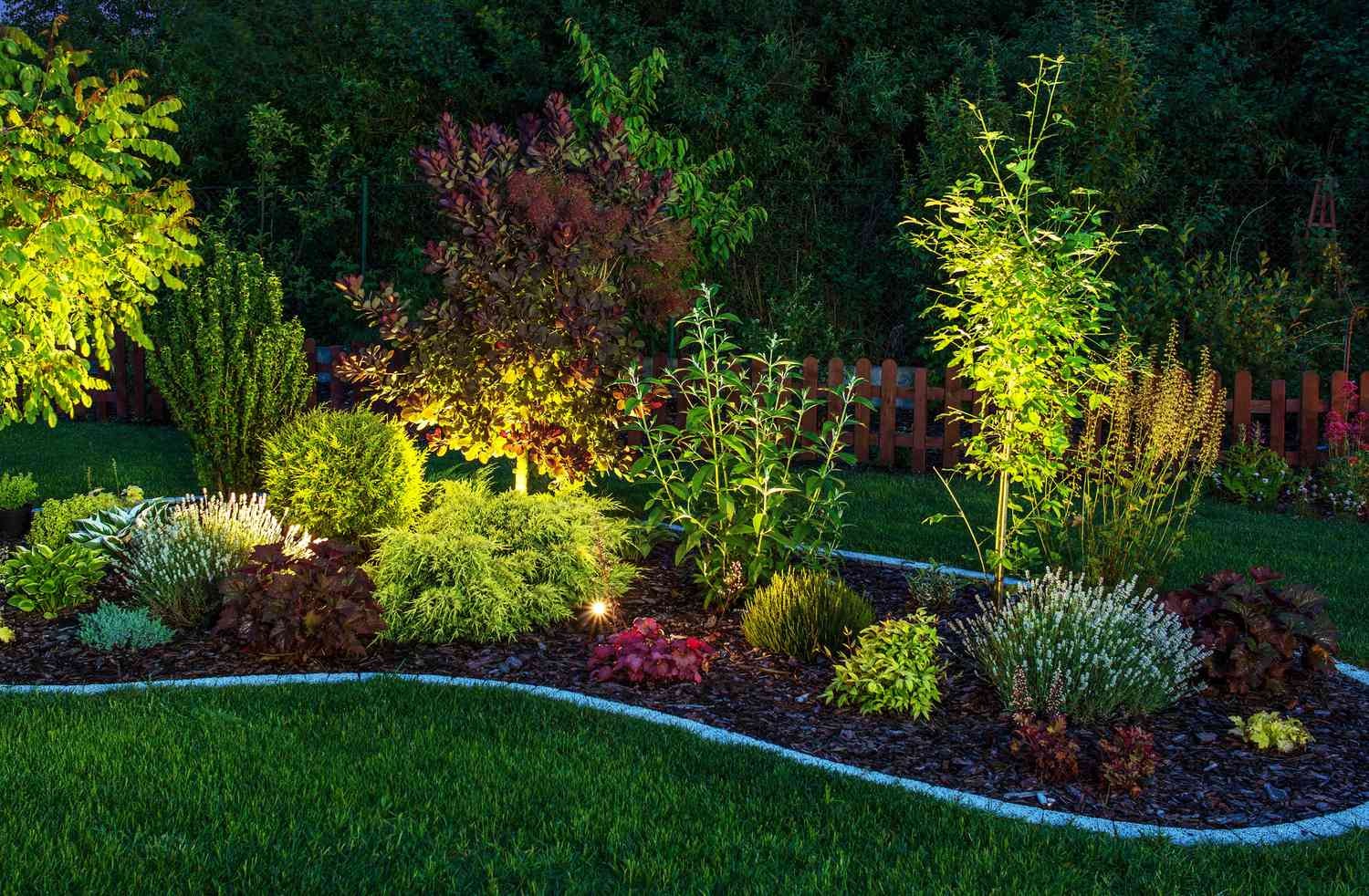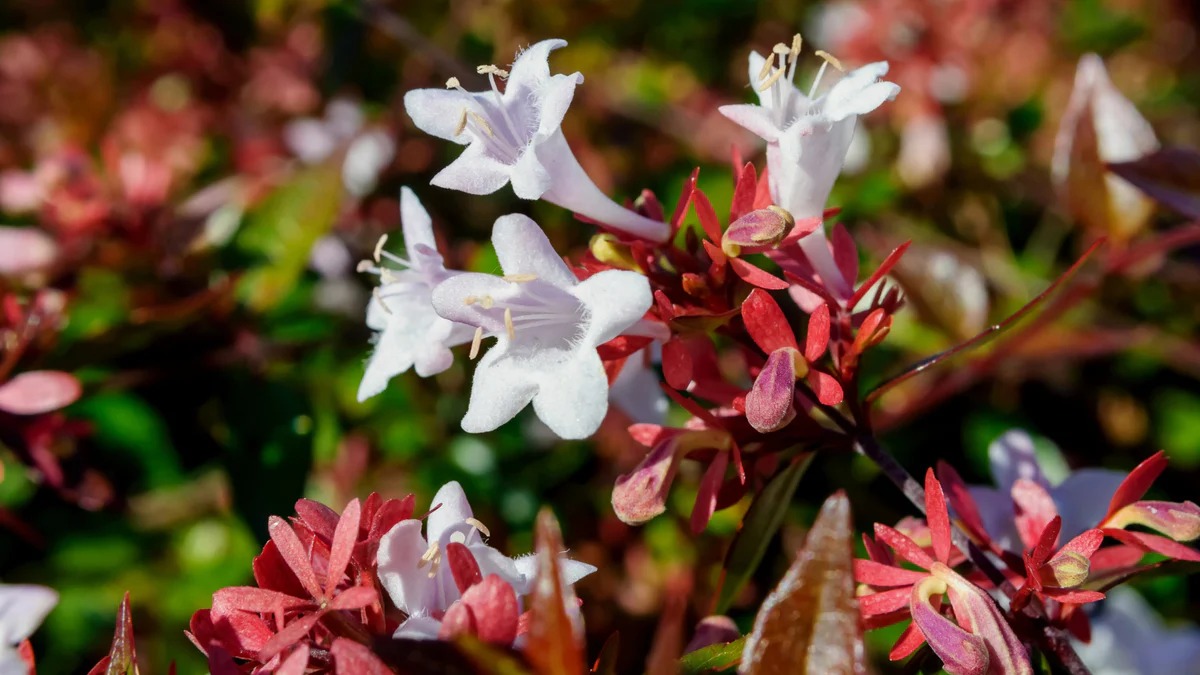Known for its large, sprawling leaves, alocasia ‘Regal Shield’ is a tropical evergreen perennial that can be grown outdoors and indoors. A variety of the “elephant ear” plant, its leaves can grow up to 20 inches long and have a deep velvety green color with bright green veins. The underside of the leaf has a green-purple tint, giving this plant a royal color scheme.
Although alocasia is quite rare, it can produce white or green flowers in early spring or summer. Like other members of the genus Alocasia, it is important to note that these plants are toxic to pets and humans, so take precautions to keep them away from curious animals or children.
- Common name Elephant ear ‘Royal Shield’
- Botanical Name Alocasia
- Family Aroidae
- Type of Perennial plant
- Mature size 4-5 feet tall (inside), 5-6 feet tall (outside), 4-5 feet wide
- Full, Partial Sun Exposure
- Soil type Loamy, Moist but Well drained
- the pH of the Soil is Acidic, Neutral
- Flowering time Spring, Summer
- Flower Color White, Green
- Hardiness Zones 9-11, United States
- Homeland Africa
- Toxicity toxic to pets 3, toxic to humans1
Alocasia Regal Shield Care
It is sometimes a little difficult to grow these plants, but with proper care, Alocasia Regal Shield can be grown both indoors and outdoors. They thrive in warm climates with a lot of moisture. They grow best in partial or dappled sunlight, such as on a patio or near a bright window. These plants are susceptible to spider mite infestations, so beware of spider mites.
Light
When grown outdoors, Alocasia Regal Shield will grow well in full sun or low light, such as on the edge of a covered patio or balcony. The morning sun is preferable, as the afternoon sun can be intense and lead to leaf fire.

When grown indoors, these plants grow best near the brightest window in your home, such as a window facing south or north. This will provide them with the necessary bright indirect lighting. Be sure to turn the pot slightly every week to ensure even growth, as the plant will inevitably turn to the light.
Ground
Alocasia Regal Shield prefers light, loamy, slightly moist soil. It is important that the soil is not too heavy, as this can lead to water retention and lead to problems with root rot. Neutral to slightly acidic soil is preferable.
Water
Alocasia Regal Shield needs a moderate amount of water and feels better when the top few centimeters of the soil dry out between waterings. The frequency of watering will depend on the environment, the humidity of the terrain and the amount of sunlight received by the plant. Check with your finger the top few centimeters of the soil, adding more water only if it seems dry.
Temperature and humidity
As a tropical plant, Alocasia Regal Shield grows well in warm and humid conditions. There is a high humidity level here and temperatures above 55 degrees Fahrenheit. When planted outdoors, it can be grown in zones 9 to 11.
As for indoor plants, be sure to provide them with enough moisture with sprayers or humidifiers. Keep them away from sudden drafts, as this may dry out the plant.
Fertilizer
Alocasia Regal Shield benefits from monthly fertilization during the growing months. Use a well-balanced and light fertilizer to keep it healthy. Only be sure to use high-quality fertilizers, as affordable fertilizers can contain large amounts of salt that can damage the plant. Alternatively, fresh worms or compost can be used to add nutrients to the soil in the spring. Be sure to stop fertilizing in autumn and winter when the plant hibernates or slows down its growth.
Breeding Alocasia Royal Shield
These plants are quite easy to propagate since the mother plant reproduces with the help of corms. To do this, you will need a small pot with moist, well-drained soil and a sharp, sterile knife. Then follow these instructions:

- Prepare a small pot with rich, well-drained soil.
- Using a sterile sharp knife, cut off the corms from the mother plant. Cut just at the base and try to include part of the roots in it.
- Carefully plant the Corm in a new pot and place it in a place that receives bright indirect lighting.
- Water the soil when it starts to look dry and give the plant enough moisture. The roots should form in a few weeks.
Alternatively, you can try this method of breeding alocasia:
- Separate the Corm from the mother plant.
- Place the Corm in a very shallow bowl of water (like a bottle cap). It must be partially immersed in water and partially open to the air.
- Cover the corms with a bottle, bowl or another glass stopper to create a warm and humid environment.
- Wait 1-4 weeks until the root system and at least one leaf appear before planting a new growth in the ground.
How To Grow Alocasia Regal Shield From Seeds
These large plants can also be grown from seeds, although seedlings take years to reach their mature size. If you are looking for an interesting project and do not mind waiting for the results, it is worth considering this option.
To plant elephant ears, you will need seeds, well-drained soil and peat moss, small pots or trays and a bottle of fogging. Then follow these instructions:
- Fill small pots or trays with moist, well-drained soil and peat moss.
- Pour the seeds onto the ground and sprinkle them lightly.
- Water the soil with mist, keeping it moist.
- Be patient. Germination can take up to three months.
- As soon as signs of germination appear, move the seedlings to a place that receives bright indirect lighting.
- Keep the plants indoors with high humidity and bright light, transplanting them as they grow.

Potted planting and transplantation of Alocasia Regal Shield
Alocasia Regal Shield grows wonderfully in containers, although it is important to note that these plants are quite heavy at the top. Be sure to choose a pot with a solid base. These plants will need to be transplanted every two years as the plant grows beyond its current size. When this happens, just choose a pot a few centimeters larger than the current one. Make sure it has good drainage holes so that the water can drain out. Gently turn the plant over to the side and press on the circumference of the pot to loosen the roots. Then remove the plant and place it in a larger pot with fresh soil.
Wintering
If this plant is kept indoors, be sure to place it near a bright window during the winter months so that it receives enough light. The plant can hibernate, and you will not need to water as much as in the summer months. Refrain from any fertilizers.
Plants with elephant ears should not be kept outdoors if the temperature drops below 55 degrees Fahrenheit. If so, be sure to bring this plant indoors.
How to make Alocasia Regal Shield bloom
Most people do not know that these plants produce flowers, because this is a rare phenomenon. This happens only after the plant has fully matured and if perfectly ideal conditions exist. Royal Thyroid Alocasia flowers appear on tall stems and are very similar to peace lilies. They are white to green in color and are not too showy.
Even under ideal conditions, the Alocasia Regal Shield may not bloom. To encourage it to bloom, make sure that it receives enough moisture and a stable temperature. Water when the soil starts to dry out and apply fertilizer every month during the growing season. With time and patience, your elephant ear can surprise you with a flower.
Common Problems With Alocasia Regal Shield
Alocasia Regal Shield can sometimes be a little difficult and report that it is not satisfied with the current growing conditions. Here are some common problems experienced when growing this plant and how you can solve them.
Yellowing And Faded Leaves
This is often a sign of waterlogging. If the problem is not solved, it can lead to root rot. To solve this problem, replace the soil with a more draining potting soil and reduce watering. The plant should rise in about a week.
Yellowed leaves with spider web
Most likely, this is an infection with a spider mite. Cut off all infected leaves and discard them to avoid further infection. Spray the plant with neem oil or another insecticidal solution.




